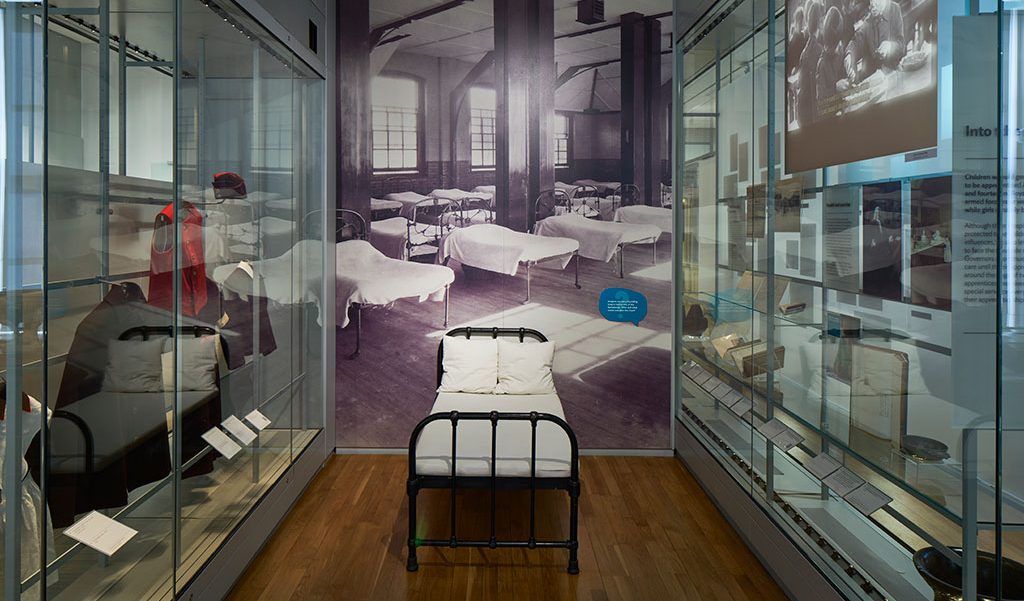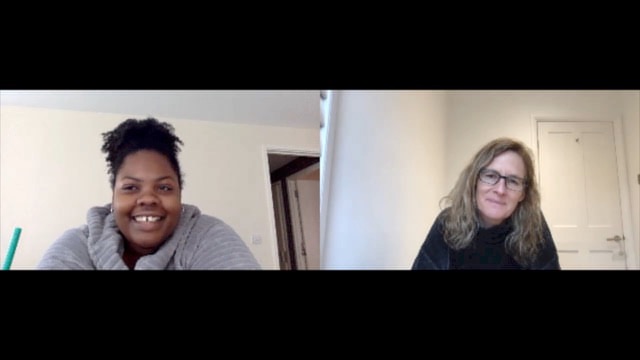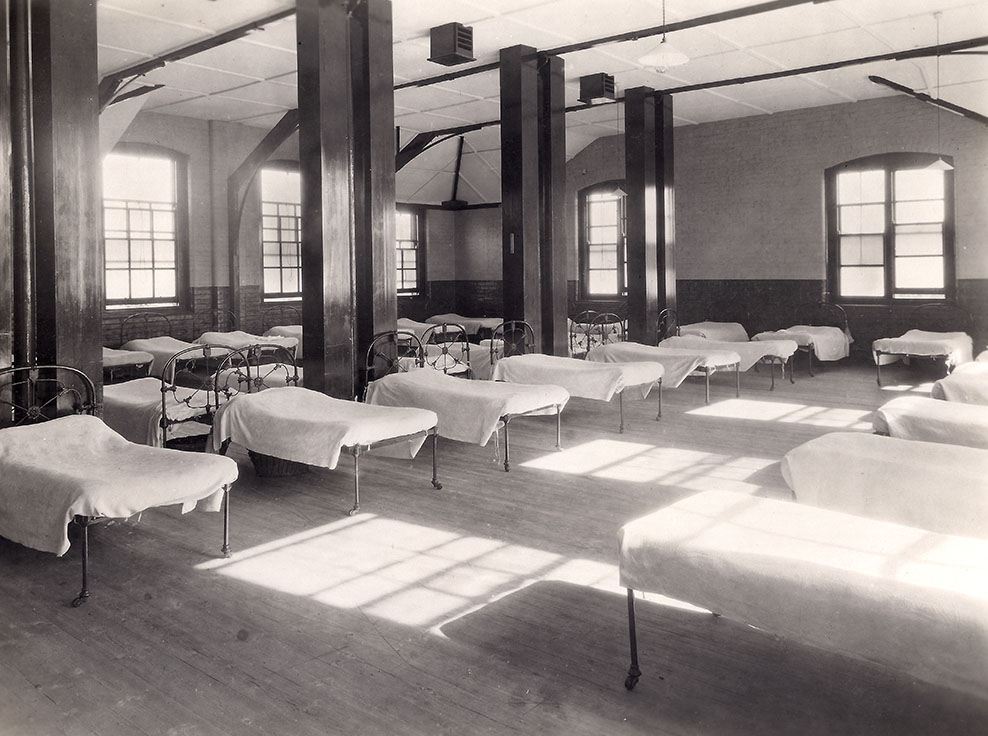Care leavers help Foundling Museum co-curate new digital experience

Shared Stories, Shared Voices is an innovative new digital experience that democratises the interpretation of the Foundling Museum’s collections. The voices of former Foundling Hospital pupils, museum volunteers and care-experienced trainees from the museum’s Tracing Our Tales Traineeship programme have helped revive the museum’s history with their stories.
“When Covid-19 forced the closure of the museum in March 2020, we knew that we needed to act fast to move our story online, in a way that we hadn’t previously,” says Kathleen Palmer, curator at the Foundling Museum.

In June 2020, funding from the Esmée Fairbairn Collections Fund delivered by the Museums Association helped the museum curate this digital exhibition. The result was “uniquely personal, relevant and resonant interpretations” of objects from the museum’s 300-year-old collection, says Palmer.
The process was just as important as the outcome. It enabled staff to maintain connections with groups who are at the heart of the museum’s community but who were especially isolated during the lockdown.
“We normally don’t work this way,” says Emma Middleton, who runs the Tracing Our Tales Traineeship and is also an artist. “It’s all about fun, high energy, and silliness. We make connections to their contemporary experience of care very gently and carefully, always doing it while making art. This was slightly different because they didn’t have art to explore their feelings they had words. Luckily, they felt at home and conversation felt natural. We all trust each other.”
Participants selected an object from the museum’s collection that they felt a personal connection to and developed their own story about it through five sessions of thought, discussion and reflection. It was then immortalised as a project film by filmmaker Will Jacob and more than 20 emotive individual short films by artist Emma Crouch and filmmaker Wilkie Branson.
Middleton says: “Hearing the voice of someone who has been through a difficult time, then linking the object to how it has enriched their experience, makes the collections so much more accessible to everybody, not just local audiences.”
In one of the films, Nia, a care leaver and a graduate of the traineeship, speaks about how the foundling bed and pictures of the beds created a feeling of loneliness that resonated with her own experience of living in care. With 25 beds in each dormitory, foundling children were not able to express their individuality. Nia’s bedroom was the same.

“It’s really sad and poignant that Nia’s experience of beds and bedrooms was not massively dissimilar to the foundlings’,” says Middleton. “You couldn’t personalise the bedroom, you couldn’t change your duvet covers - there was no way to make your space look like you. They couldn’t express individuality and neither could Nia or many of the other young people.”
“Nia was quite brave to let us use her story,” Middleton adds. “I respect her braveness. It would touch most people who view it, it certainly touched me. I felt like I was hearing more than her story - all the young people’s stories merged into one.”
Looking ahead, there are plans to introduce push buttons next to the displays so visitors can have a more immersive experience in person.
View the online exhibition here.